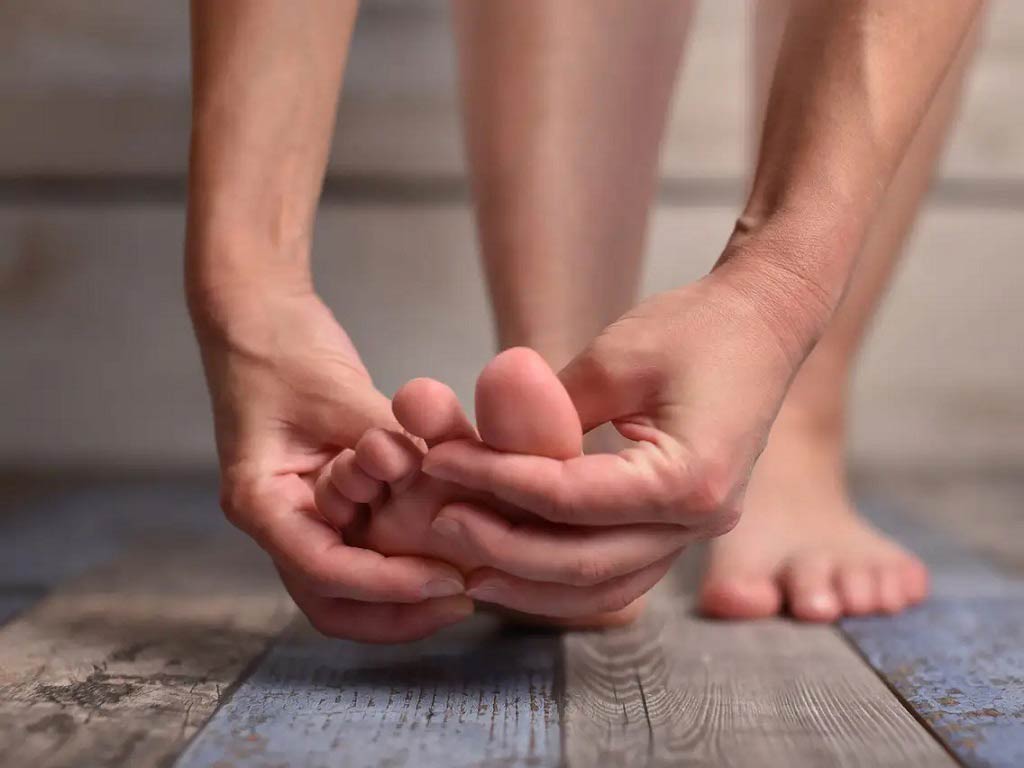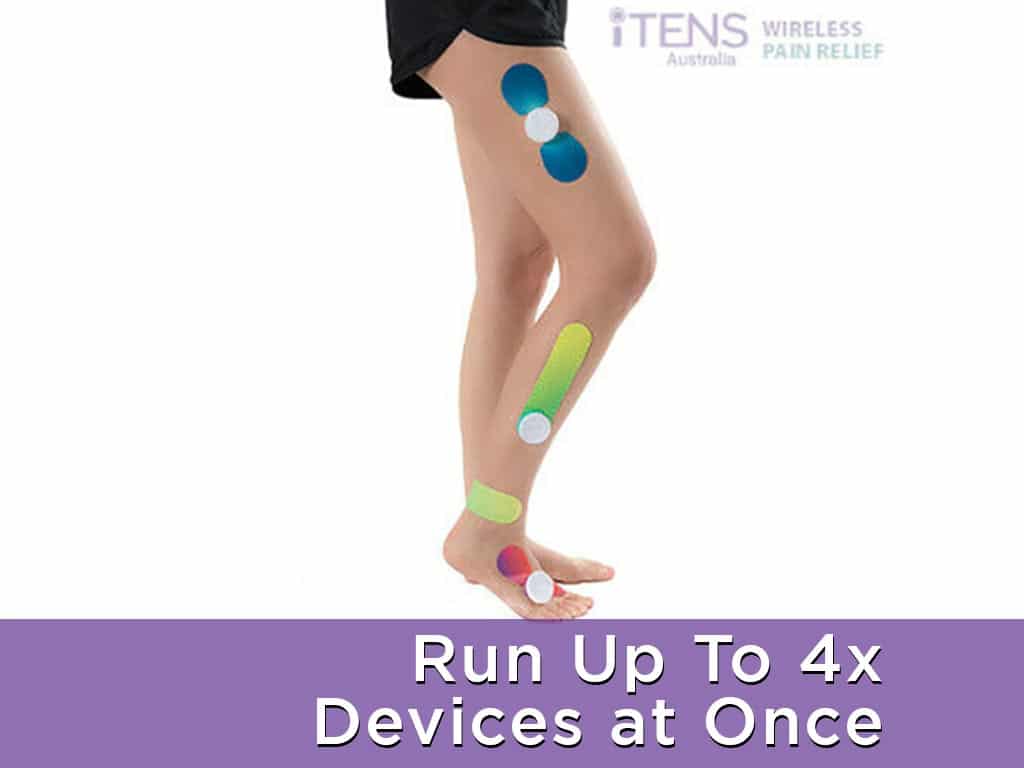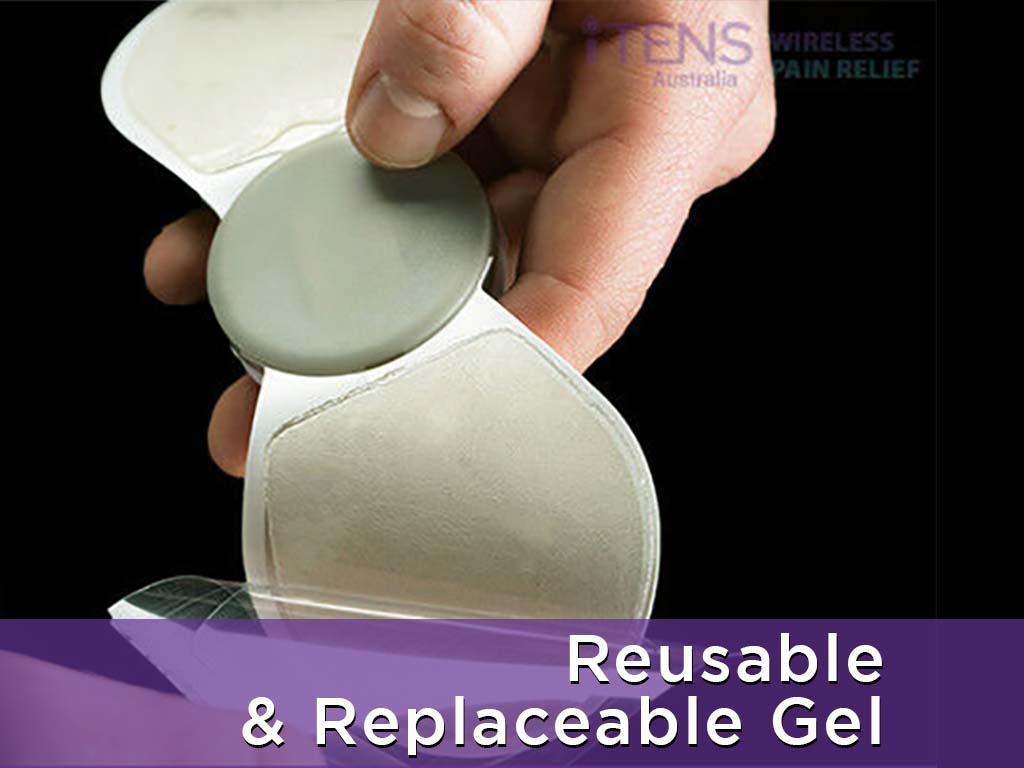
Foot drop is often caused by underlying muscular or neurological injuries or conditions. It can impede movement, making walking on uneven terrain and climbing stairs difficult. It also increases the risk of trips and risk of falls. Fortunately, people may use Transcutaneous Electrical Nerve Stimulation or TENS for foot drop for therapeutic effects. It works by sending electrical stimulation to the body, which can help increase blood flow, activate the pain gate mechanism, and induce the production of endorphins.
In many cases, foot drop will heal once the underlying condition recovers. To help with this, patients often turn to therapeutic exercises or surgery for treatment. They may also use TENS to help speed up motor recovery using effective stimulation. Many people benefit from the therapeutic effects of TENS, which is why it is growing in popularity. The following sections will present information about foot drop, how TENS works, and how to apply it.
Understanding the Condition Before Applying a TENS for Foot Drop
Foot drop is a condition wherein the person encounters difficulty lifting the front part of their foot. It can cause their foot to drag while walking, which causes them to have an unusual gait to avoid it. This is called a steppage gait, which is the foremost symptom. This condition can affect one or both feet, depending on the cause. It can develop due to muscle weakness or paralysis.
People with foot drop may get their condition diagnosed by consulting a health professional. They will conduct a physical assessment to view the extent of muscle atrophy and suggest a foot drop treatment. This may involve using X-rays, ultrasound, or nerve conduction tests.
In many cases, drop foot is temporary. It heals as the affected muscle or nerve recovers. However, for those with chronic conditions, it may be permanent. Conventional treatments of foot drop include physical therapy, surgery, and using lightweight braces. Another option is using a TENS for foot drop.
Causes of Foot Drop
- Lumbar radiculopathy: a condition that occurs due to a pinched nerve in the lower back. It typically occurs due to the narrowing of the space inside the spine from herniated discs.
- Peroneal nerve injury: the most common cause of drop foot. The peroneal nerve sits close to the surface, making it easy to damage. Some causes are sports injuries, diabetes, and crossing the legs while sitting.
- Neurological conditions: spinal cord injuries and brain injuries include multiple sclerosis (MS), stroke, amyotrophic lateral sclerosis (ALS), cerebral palsy, and Charcot-Marie-Tooth disease.
- Muscular disorders: myositis and muscular atrophy in the foot or leg muscles can also cause the condition.

How a TENS for Foot Drop Alleviate the Condition
A TENS for foot drop can help alleviate the condition using electric stimulation. A TENS machine works by delivering low-voltage electric currents to the body. It can help speed up the natural recovery of the nerves and muscles by increasing blood flow to the target area. Furthermore, it can help reduce muscle tension and relax sore muscles by producing a massage-like effect.
Moreover, users may adjust the settings of a TENS machine using an external control unit to suit their tolerance and condition. They may adjust the frequency, intensity, and pulse duration settings. High-frequency electrical stimulation (50-120 Hz) is particularly helpful for acute pain. It takes effect quickly by triggering the pain gate mechanism.
People with foot drop may also use low-frequency electrical stimulation (2-10 Hz) to trigger the production of endogenous opioids. These can help reduce the overall pain sensations. In addition, endorphins can decrease inflammation, which can improve the range of motion. Overall, using TENS can benefit people by increasing their quality of life.
The Main Theories at Work
There are two main theories that explain how TENS can provide relief from various conditions. The first theory is the Gate Control Theory of Pain. It suggests that electric pulses sent by TENS machines can cause the nerve fibres in the spinal cord to block pain signals from reaching the brain. It operates on the concept that certain nerves in the spine can serve as gates for painful sensations.
The second theory is the Endorphin Release Theory. This suggests that low-frequency electric currents can stimulate the motor nerves, which can trigger the production of endorphins. These hormones bind to opioid receptors for pain reduction.

How to Apply a TENS for Foot Drop
Using TENS for foot drop is a simple process. It does not require medical supervision, but it is helpful to study the instruction manual for the electrical stimulation device. Moreover, it is vital to check the unit and its accessories to ensure that it is in good condition before the session.
The person must place the electrode pads on muscle areas near or on the target area. Then, they should link the pads to the external control unit. Once secure, the user may turn the machine on and adjust the settings. It is best to start with low settings to avoid discomfort or sudden shocks. Afterwards, they can gradually increase the levels or select a preset mode.
Usually, TENS therapy sessions last between 20 to 30 minutes. However, the person may also follow the advice of a health professional for their treatment of foot drop. After the prescribed time finishes, the individual must turn the machine off and remove the electrodes. People can use TENS on a daily basis for natural neurological recovery.
Pad Placement
Proper electrode placement is crucial when for the treatment of foot drop using TENS. Generally, electrodes are placed on muscles near the pain source for effective stimulation. For drop foot, users may place electrodes on the tibialis muscle, above the ankle bone, or at the bottom of the foot. This depends on the cause of the condition.
Moreover, it is crucial to remember that users should avoid bones and areas with broken skin. In addition, they must avoid sensitive areas like the spinal cord. To help with pad adhesion, the user should also wash the target area.
Conclusion
Using TENS for foot drop is an effective way of alleviating pain and increasing recovery speed for many individuals. This condition causes the feet to drag while walking, which makes walking difficult and increases the risks of accidents. Various underlying conditions can cause it, including nerve injuries and muscle atrophy. TENS complements conventional treatments like physical therapy and using braces and can aid in regaining healthy feet.
TENS provides therapeutic effects by inducing the production of endorphins and increasing blood flow to the target area. This can reduce inflammation and muscle tension for functional benefits. Moreover, people can use it on a daily basis for regular electrical stimulation. Over time, it can help build muscle strength when paired with foot drop exercises. To use TENS, the user must place the electrodes on the target area and adjust the settings accordingly.







